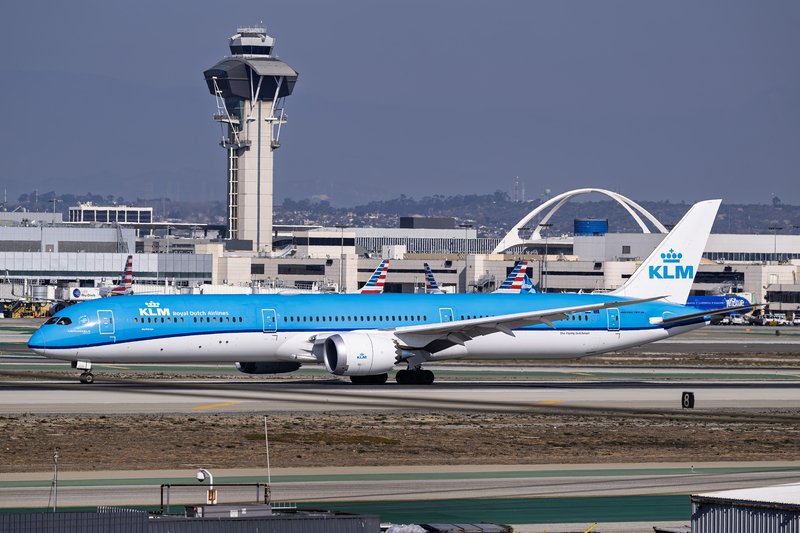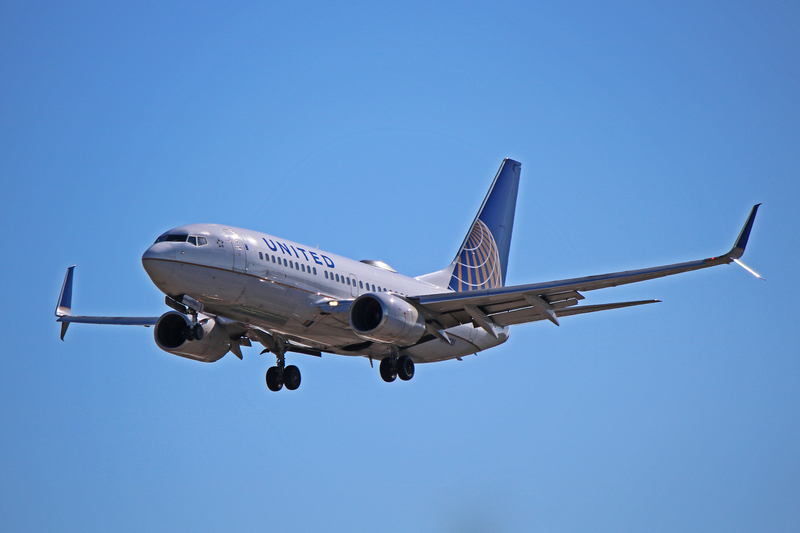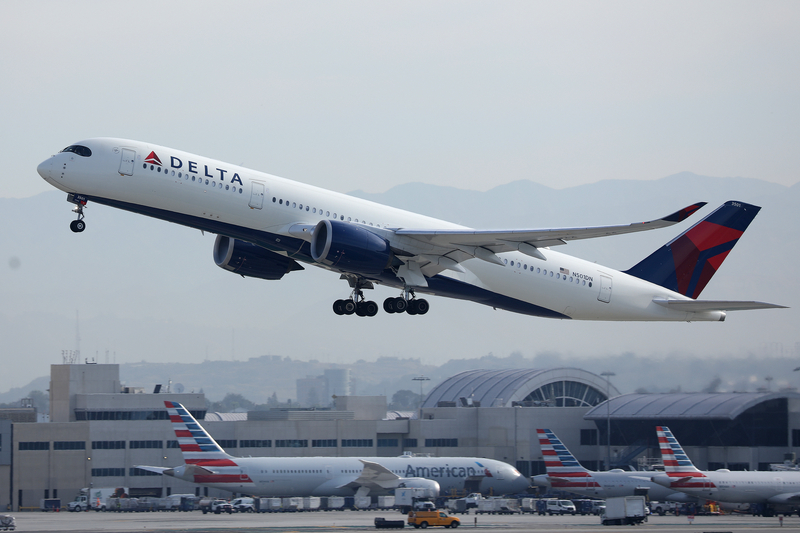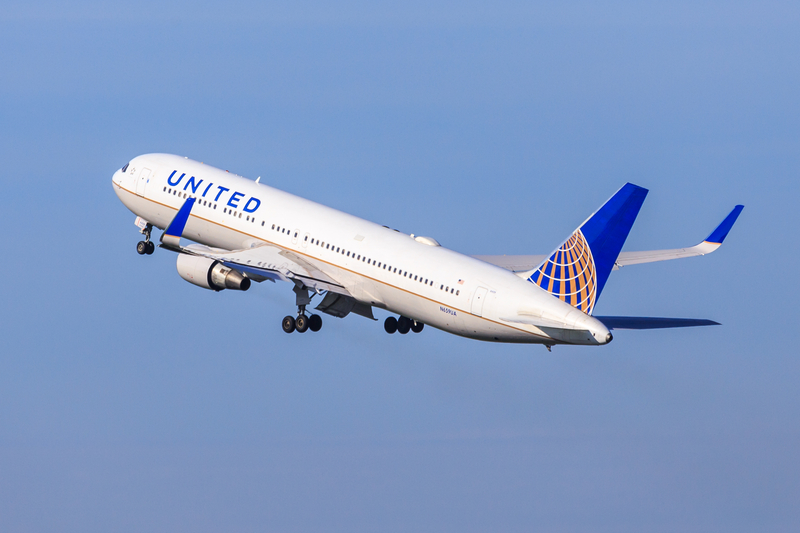KLM Flight Diverts To Yellowknife After Passenger Dies Inflight

ID 358612818 | Air © Robin Guess | Dreamstime.com
KLM flight 601 from Amsterdam (AMS) to Los Angeles (LAX) diverted to Yellowknife (YZF) on Sunday, October 5, 2025, after a 34-year-old woman suffered a medical emergency and later died. The Boeing 787-10 touched down just before 15:00 local time following roughly 13 hours and about 6,300 kilometers of flying, according to flight-tracking data. Royal Canadian Mounted Police and local first responders met the aircraft on arrival; despite continued life-saving efforts, the passenger was pronounced dead at the hospital.
The response onboard
Cabin crew began first aid immediately and coordinated with medical professionals onboard. Flight attendants are trained to escalate from basic first aid to full CPR and to enlist any licensed doctors or nurses on the flight. In rare cases where a qualified professional is present, a death may be declared in the air, but most often that occurs after landing. Throughout the event, the cockpit crew worked with dispatch and air traffic control to select the nearest suitable diversion field and arranged for medical services to be standing by.
Why Yellowknife
When an inflight medical emergency becomes critical, the “nearest suitable” airport is chosen based on runway length, weather, available emergency services, and operational needs for a widebody like the 787-10. Yellowknife offers a long runway, emergency response capability, and customs processing, making it a practical diversion point for a polar-routed transatlantic flight tracking toward the U.S. West Coast.
Industry procedures in these tragedies
Airlines generally follow International Air Transport Association (IATA) guidance. CPR is continued until one of several endpoints: the passenger shows signs of life, resuscitation becomes unsafe, all available responders are exhausted, the aircraft lands, or there’s no return of circulation after about 30 minutes. Automated External Defibrillators are used when indicated, and Universal Precaution Kits help protect crew if infection is a concern. After lifesaving is stopped, crew notify the captain, coordinate with ground authorities, and—absent an onboard body bag—move and cover the deceased respectfully while maintaining privacy for family and nearby passengers.
How often does this occur
Inflight deaths are rare. Studies have estimated roughly 18 in-flight medical incidents per million passengers, with fatal outcomes around 0.21 per million. That’s small in absolute terms given global volumes, but each event is traumatic for loved ones, fellow passengers, and crew—hence the emphasis on recurrent training and clear protocols.
What passengers should know
If you witness or are asked to assist during an onboard medical emergency, follow crew instructions. Identify yourself clearly if you have medical training, be mindful of space and safety around the patient, and allow crew to work—they’re trained for these scenarios and are in constant contact with the pilots and ground-based medical support. After a diversion, expect a lengthy ground stop as authorities and the airline complete required procedures and replan the flight.
Bottom Line
KLM 601’s diversion to Yellowknife underscores how crews prioritize rapid access to care and dignity for the passenger involved. These events are uncommon but handled within a well-rehearsed framework that balances medical urgency, safety, and compassion for everyone onboard.



